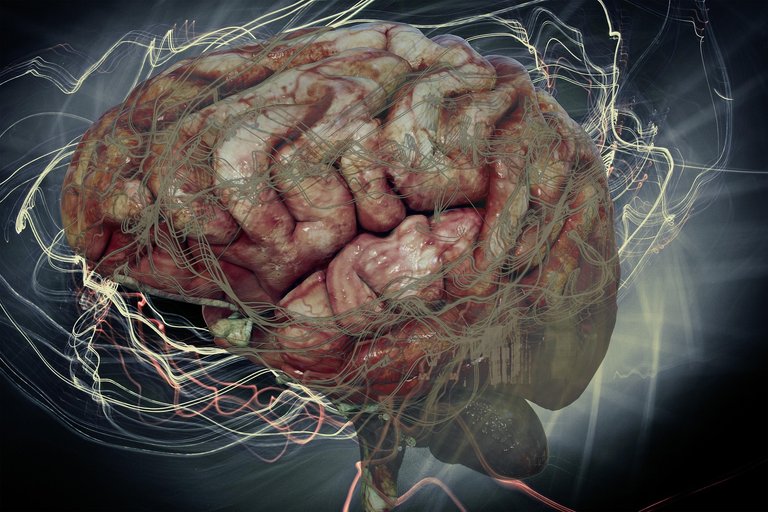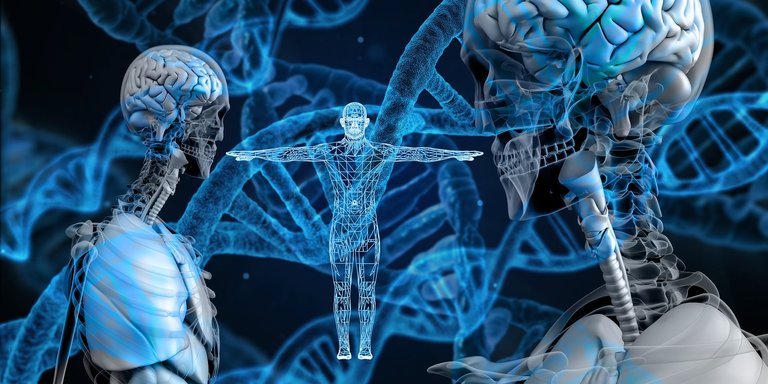Today we are going to discuss Thalamopeduncular Stoke
Here is how it all started alright; So a couple of months ago, a patient which I am currently seeing as a physiotherapist was initially brought in for sepsis, it was sort of strange cause it presented more like a stroke (presenting with quadriparesis) and speech problem . So we were prompted as the managing team to do a CT-scan. Cranial CT-scan revealed that he had a bleed in the Thalamopeduncular region of his brain. Now this was my first time hearing about this kind of bleed in that region of the brain, so as usual I did more research cause I obviously also learn everyday, just like you reading this . Upon doing more research people, Thalamopeducular haemorrhage/stroke turned out to be a very interesting type of stroke which I would explain right now in a very simple way, so that whoever you are reading this, you understand it so well ,even ABC would cry.
So Here we go
ThalamoPeduncular stroke from a Thalamopeduncular Bleed

Image by Wolfgang Eckert from Pixabay
Now imagine your brain is like a big, more like a big magical control tower in your body. It’s in charge of everything you do talking, walking, eating, and even dreaming. Now, inside this magical control tower, there’s a tiny but super important room called the thalamus. You see the thalamus is like a mailman that delivers important messages (painting a scenerio here). It gets messages from your body like “Ouch, the floor is cold!” and sends them to the right parts of your brain so you can feel and of course respond appropiately or inappropiately whatever.
Now right next to the thalamus, there’s a pathway called the peduncle. Think of this peduncle like a super-fast train track. It helps carry messages from the brain down to your body and back up again. These two, the thalamus and peduncle like work together like best friends to make sure you can move, think, and feel properly.
Its not all rainbows and sunshine, sometimes, something tricky can happen in this magical control tower. Imagine a storm blocking the mailman (the thalamus) and messing up the train tracks (the peduncle). This “storm” is called a stroke. A stroke happens when blood, which carries oxygen like a superhero, can’t get to certain parts of the brain. Without blood, the thalamus and peduncle can’t do their jobs properly.
When the stroke happens in the thalamus and peduncle area, it’s called a thalamopeduncular stroke. Sounds like a big word, right? Let’s break it down! “Thalamo” means it’s in the thalamus, and “peduncular” means it affects the peduncle. Together, they’re like teammates who suddenly stop working well because of the storm (stroke). And then you have "ThalamoPeduncular", now it doesnt sound difficult.
Now, what happens if this tiny but important part of your brain gets affected? Let’s say the mailman (thalamus) gets confused. It might send the wrong messages or stop delivering them altogether. For example, you might feel tingles or numbness in your hand, even though nothing’s really touching it. Or, you might feel super clumsy because your body isn’t getting clear instructions on how to move. If the train tracks (peduncle) are also affected, you might notice that one side of your body feels weak, like it’s extra hard to pick up a spoon or walk straight. It’s like your body isn’t getting the memo on how to move smoothly. But here’s the cool part our brains are pretty smart too! Doctors, like brain detectives, can figure out what’s wrong by taking pictures of your brain like we did called a cranial CT-scan with special machines. These pictures show them where the “storm” happened. Then, with medicine, therapy, and sometimes just time, the brain can find ways to fix itself. It’s like building new train tracks or finding a new mailman to help out. And guess what? You can also help your brain stay strong by eating healthy foods, playing outside to get exercise, and getting plenty of rest. That way, your magical control tower can keep running smoothly, delivering messages and keeping you feeling awesome! I hope with this you now understand what a thalamo-peduncular stroke is, NOT difficult at all right ?
Image by Gerd Altmann from Pixabay
Thanks for your contribution to the STEMsocial community. Feel free to join us on discord to get to know the rest of us!
Please consider delegating to the @stemsocial account (85% of the curation rewards are returned).
You may also include @stemsocial as a beneficiary of the rewards of this post to get a stronger support.
Congratulations @sam9999! You have completed the following achievement on the Hive blockchain And have been rewarded with New badge(s)
Your next target is to reach 77000 upvotes.
You can view your badges on your board and compare yourself to others in the Ranking
If you no longer want to receive notifications, reply to this comment with the word
STOPCheck out our last posts: